A vertical spring supports a block in equilibrium. The spring is designed to break when extension in it crosses a limit. There is a light thread attached to the block as shown. The thread is pulled down with a force F which gradually increases from zero. The spring breaks when the force becomes F0. Instead of gradually increasing the force, if the thread were pulled by applying a constant force, for what minimum value of the constant force the spring will break?
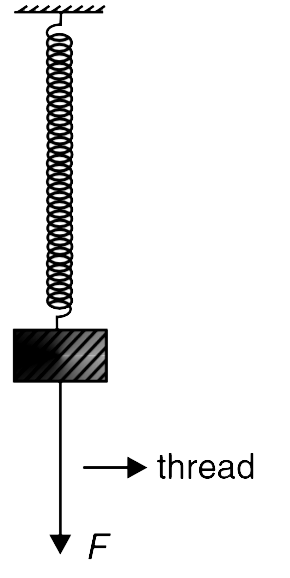
The correct Answer is:F02
Step by step video, text & image solution for A vertical spring supports a block in equilibrium. The spring is designed to break when extension in it crosses a limit. There is a light thread attached to the block as shown. The thread is pulled down with a force F which gradually increases from zero. The spring breaks when the force becomes F_0. Instead of gradually increasing the force, if the thread were pulled by applying a constant force, for what minimum value of the constant force the spring will break? by Physics experts to help you in doubts & scoring excellent marks in Class 11 exams.
Updated on:21/07/2023Topper's Solved these Questions
Similar Questions
In Fig force F is gradually increased from zero Draw the graph between applied force F and tension T is the string . The coefficient of string friction between the block and the ground is μs
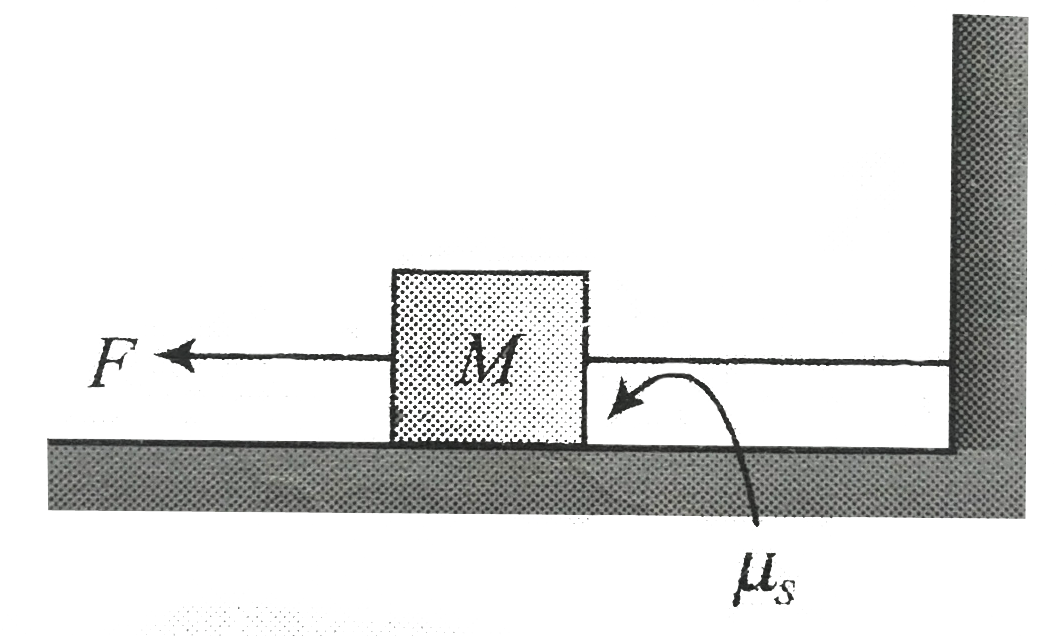
View Solutionconsider the situastion of the previous problem. Suppose the block of mass m1 is pulled by a constant force F1 and the other block is pulled by a constant force F2. Find the maximum elongation that the spring will suffer.
View Solution
Knowledge Check
A block is suspended by an ideal spring of force constant k. If the block is pulled down by applying a constant force F and if maximum displacement of the block from its initial position of rest is δ, then
A(a) Fk<δ>2FkB(b) δ=2FkC(c) Work done by force F is equal to FδD(d) Increase in energy stored in the spring is 12kδ2A block is being pulled by a force F on a long frictionless level floor. Magnitude of the force is gradually increases from zero until the block lifts off the floor. Immediately before the block leaves the floor, its acceleration is
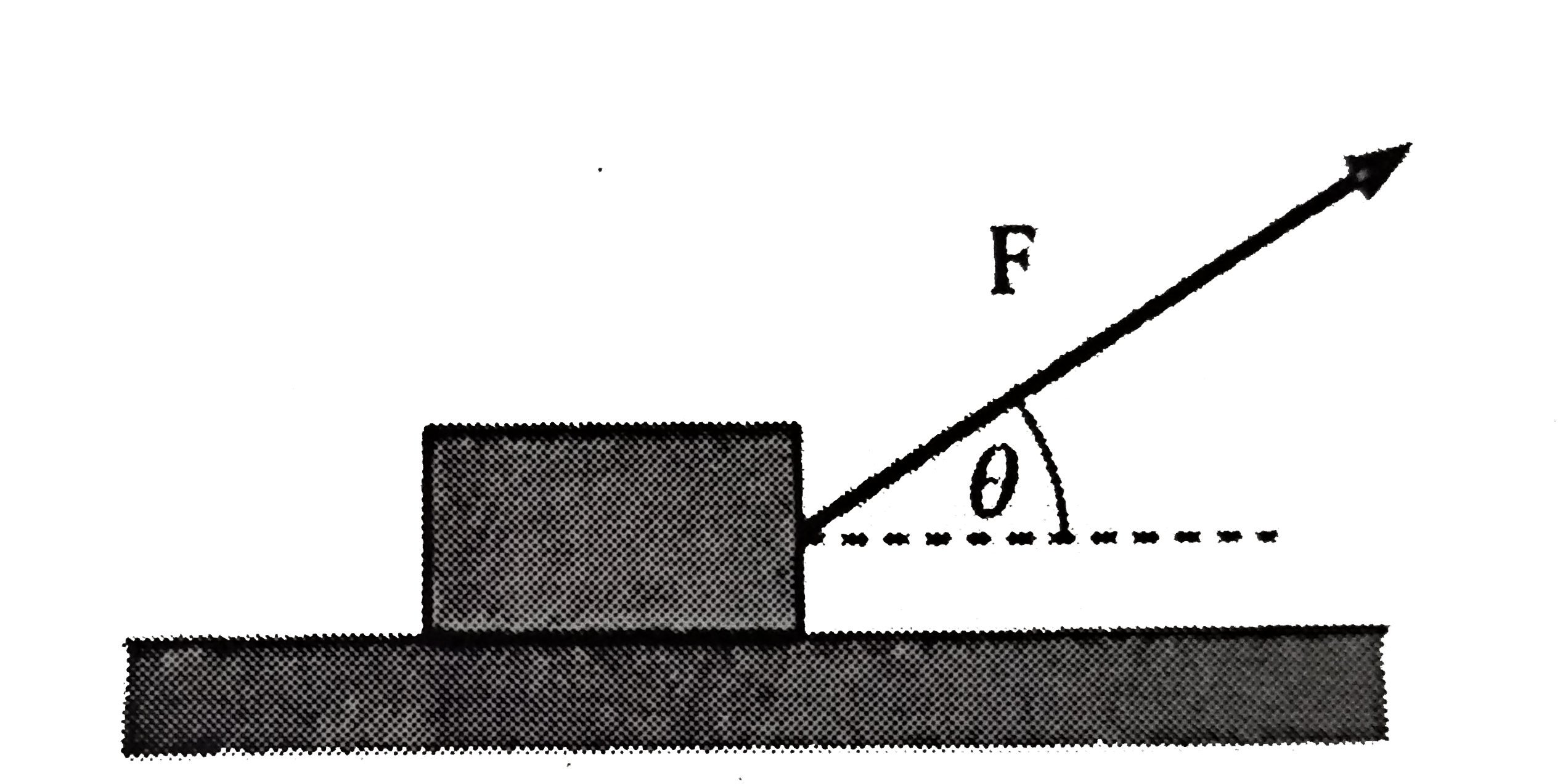 AgcosθBgcotθCgsinθDgtanθ
AgcosθBgcotθCgsinθDgtanθA uniform cylinder of mass m rests on two rough horizontal planks. A thread is wound on the cylinder. The hanging end of the thread is pulled vertically down with a constant force F
ASince horizontal acceleration is provided by the friction acting on the cylinder, its translation kinetic energy (12mv2) is equal to work done by this friction,BSince moment about instantaneous axis of rotation is produced by force F. kinetic energy (12Iω2) is equal to work done by F where I is moment of inertia about the instantaneous axis of rotation and ω is the-angular velocity.CSince cylinder is moving, energy is lost against friction.DWork done by F+ work done by friction on cylinder =totalKE of the cylinder.
In the figure shown, horizontal force F1 is applied on a block but the block does not slide. Then as the magnitude of vertical force F2 is increased from zero the block begins to slide, the correct statement is
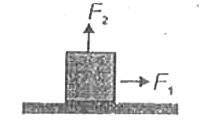
View SolutionA block is pulled slowly as shown in the diagram. Show that force F increase as the block moves up. Find the force F when the block is at depth h.
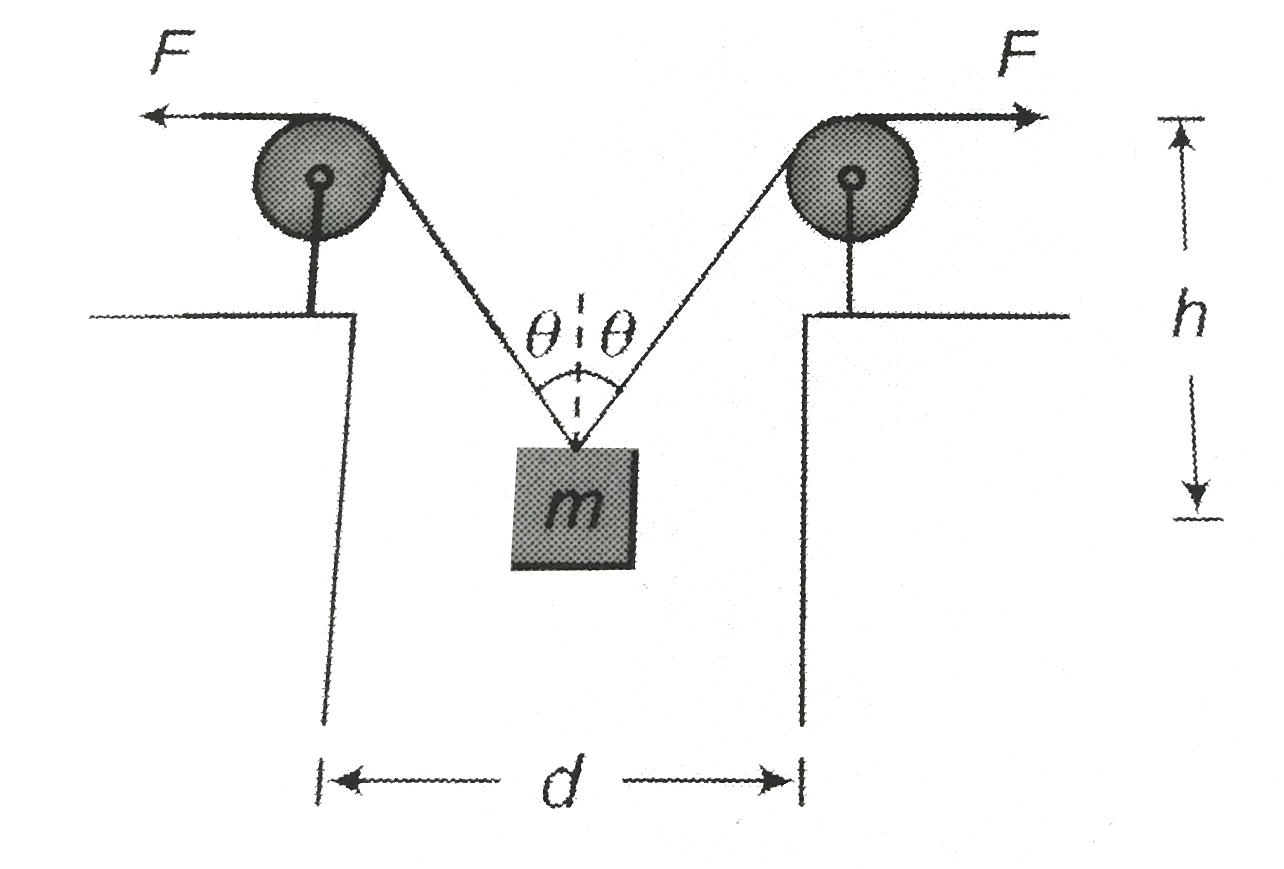
View SolutionFor the arrangement shown in the figure,blocks A and B are placed on the smooth horizontal surface.The free end P of the thread is being pulled by a constant force "F=1N" .Find the acceleration of free end P.
View SolutionA block is kept on a rough surface and applied with a horizontal force as shown which is gradually increasing for zero. The coefficient of static and kinetic friction are 1/√3 then

View SolutionWhen a spring is compressed by 0.05 m a restoring force of 10 N is developed in it. Then the force constant of the spring is
View Solution
